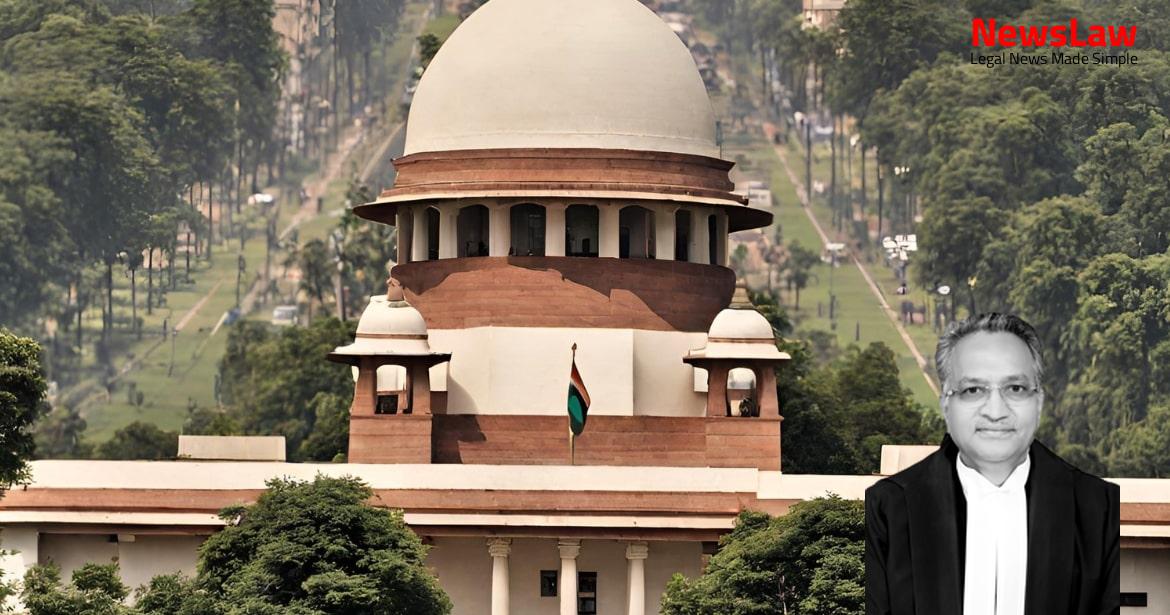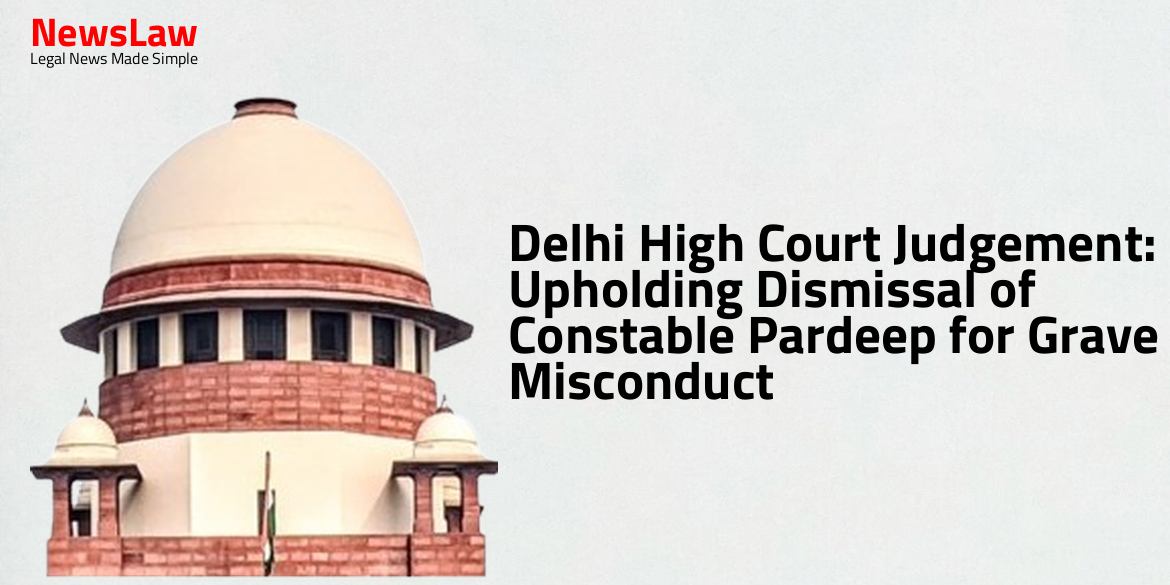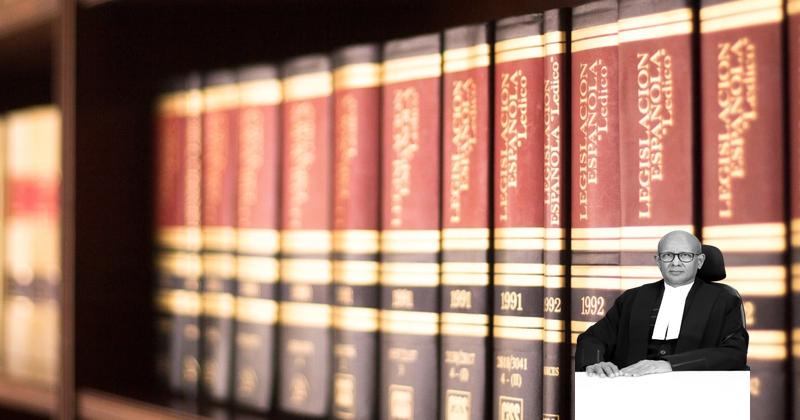Delve into the legal intricacies surrounding disputes over matrimonial homes, with a focus on the court’s perspective and analysis. Discover the nuances of jurisdiction, fundamental rights, and the proper legal forums for addressing such contentious issues. Unravel the complexities of this case and gain insights into the legal considerations at play.
Facts
- The petitioner, along with her two sons and co-owners, occupied a residential premises in a building on a property.
- The old residential tenement was referred to as the petitioner’s matrimonial home.
- Redevelopment of the building was done under the Maharashtra Housing and Area Development Act.
- During redevelopment, occupants were required to shift to temporary accommodations.
- The petitioner’s husband was allocated a flat of 379 sq. ft. in the new building.
- There were disputes regarding the allocation of carpet area in the new building to the petitioner’s husband and family members.
- The mother of the petitioner’s husband assigned a part of the area to the respondent no. 7.
- The petitioner’s claim to reside in her matrimonial home was contested by various parties including the MHADA Authorities, the builder, and family members.
- Legal proceedings and appeals were ongoing related to the occupancy and allocation of areas in the new building.
- The final decision of the Bombay High Court was awaited.
- The High Court allowed the appellant’s appeal and set aside the decree of judicial separation.
- The Bombay High Court sustained the plea of the respondents that the right sought by the writ petitioner could not be enforced under Article 226 of the Indian Constitution.
- The Bombay High Court’s observation included that the writ petitioner’s claim could not be enforced through the court’s jurisdiction under Article 226.
Also Read: Legal Analysis: Ownership Dispute and Validity of Will Deed
Arguments
- Petitioner claims right to occupy Flat Nos. 601 & 602 as her matrimonial home.
- Basis of claim is being legally wedded wife of 8th respondent and daughter-in-law of 9th respondent.
Also Read: Analysis of Curative Jurisdiction in Legal Dispute
Analysis
- Disclosure to be made to the appellant within two months from the date of communication of this order to Respondent Nos. 1 and 2.
- Appellant to decide within one month from the date of disclosure whether to accept the offer of accommodation in flat no. 101.
- Holder of No Objection Certificate must provide alternate temporary accommodation to all occupants if needed.
- Summary eviction by the Board is allowed for occupants who refuse to vacate premises without authorization.
- Penalty for refusal to vacate premises or obstructing eviction includes imprisonment up to one year or a fine up to five thousand rupees, or both.
- Proposal for building reconstruction binding on all occupants with 70% consent and No Objection Certificate from the Board.
- Husband (respondent no. 8) to provide an affidavit stating the nature of his right over the flat along with supporting documents.
- The appellant’s right to reside in her matrimonial home is a fundamental right that cannot be forced out by her husband or any statutory scheme.
- The appellant’s claim is based on her status as a wife under Family Law, separate from her husband’s rights under the 1976 Act.
- The husband has provided accommodation in Flat No. 101, but the issue cannot be resolved through the writ jurisdiction.
- The dispute regarding the matrimonial home should be addressed in a Civil Court or Family Court.
- The appellant’s right to reside in the matrimonial home is detached from the statutory scheme under the 1976 Act.
- The writ petition is not the appropriate remedy for ventilating the grievance, suggesting the need for a proper legal forum to resolve the matter.
- The appellant can approach the Family Court or Civil Court for enforcement of her right to the matrimonial home.
- The builder and statutory schemes do not hold further obligations to rehouse the appellant, as her claim is not directly linked to the 1976 Act.
Also Read: Contractual Interpretation in Real Estate Dispute
Decision
- Appellant to vacate her present premises if she chooses Flat No 101 in ‘Om Apartment’ as her residence and other conditions are satisfied.
- Appellant to vacate her existing accommodation within 8 months from taking possession of the flat at ‘Om Apartment’.
- Respondent No.8 to give possession of the flat on a mutually convenient date within the 8-month period.
- If conditions are not met, appellant to follow directions from a Court of competent jurisdiction.
- Until appellant vacates, Respondent No.8 to pay rent for the present residential unit. The obligation to pay rent ends after 8 months.
- The appellant to vacate A/20, Bal Govinddas Society, Mahim Mumbai within 8 months.
- All connected applications are disposed of, no costs awarded.
- Appellant must inform specific respondents of her decision within one month in writing.
Case Title: AISHWARYA ATUL PUSALKAR Vs. MAH.HOUSING & AREA DEVT.AUHORITY . (2020 INSC 369)
Case Number: C.A. No.-007231-007231 / 2012



